For the majority, I would say “not attractive.”
The main reason is the cultural and educational background of Turkish students and their parents. Let us first look at what a liberal arts education is- it is not as many may think, an American innovation. It was first introduced in Ancient Greece and Rome as an education that liberated people’s minds and was pursued by the “free” people; whereas technical and vocational studies were reserved for slaves. This education was composed of studies in logic, rhetoric and grammar, necessary for the development of a well-rounded human being. In later centuries, it was expanded to include arithmetic, geometry, music, and astronomy, and culminated in the modern liberal arts curricula which focus on a range of subjects in the arts, humanities, social sciences, science, and mathematics. Another contribution made by ancient Greece is the Socratic method, which is another pillar of liberal arts teaching. Just as Socrates encouraged his students to engage in debate, professors in liberal arts colleges of today stimulate interaction and debate as well.
Liberal Arts was first introduced in Europe and found its way to the USA in the 17th century through the first liberal arts college-Harvard, shaped after the educational models of Cambridge and Oxford in the UK and many followed suit. They were all highly esteemed programs of learning until scientific advances in the 18th century caused criticism about this education that did not reflect scientific advances. Yale University advocated for the benefits of liberal arts through the Yale Report of 1826 but is itself no longer a liberal arts institution today. In mid 19th century research universities came into the picture with strong emphasis on science and research and together with technical schools contradicted the principles of liberal arts. Despite this opposition, liberal arts colleges flourished in the USA and are featured today within a separate ranking in the US News and World Report.
Now let us look at the curricula of high schools in Turkey: A Turkish high school education is much like the liberal arts curriculum. For four years, students are instructed in 13 lessons ranging from physics and chemistry to visual arts. University on the other hand, is the first step into a profession or a vocation to become engineers, architects, computer scientists or businessmen. A liberal arts education that involves “Learning to learn” through debate and the study of world classics and thought processes seems repetitive for these students who have already had a liberal arts approach in high school and even a waste of time at a period of their lives when they are trying their best to build a future for themselves. The attractions of liberal art colleges such as small size student bodies (often not more than 3000 students) close interaction with professors, interactive classes, interdisciplinary curricula, exposure to interesting ideas, and expansive studies into one area are not nearly as worthwhile to them as education in engineering, architecture, computer science, biotechnologies or one of the sciences.
Finally, we must not forget that Turkey is a country that bridges Europe and Asia and students feel that they are part of the global community. It is world rankings that they look at when doing their university search. Needles to say, the big names of liberal arts in the USA such as Williams, Amherst, and Swarthmore do not appear in top positions in global rankings and almost none of the Turkish students are aware that they even exist. It is the national university rankings that count for them-the list beginning with Harvard, Princeton, and Yale. It is common for families to say “top 50 or forget it,” to their kids. They are not ready to pay 80 000 USD per year for a school that does not appear in global rankings.
Well, are there no students who ever attend liberal arts colleges in Turkey?
Of course, there are, but the number does not exceed 25 out of the 15 000 students going to study in the USA every year. These are the students who are financially comfortable, who have intellectual parents who know what a liberal arts education involves and who grasp its advantages and who have enough confidence in their choices so as not to be bothered when they see the perplexed expression on the faces of their friends when they scream in joy and say “Hey, I just got into Colby College!”

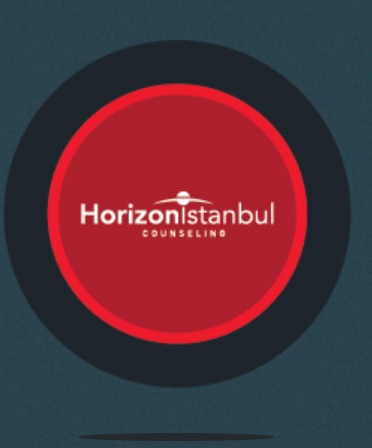



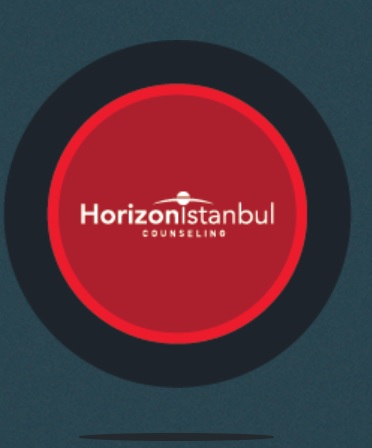
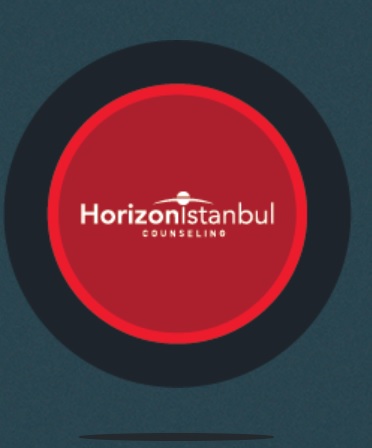
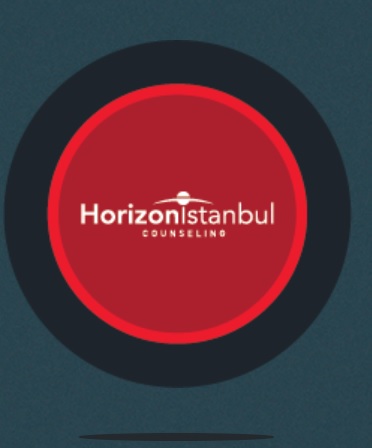
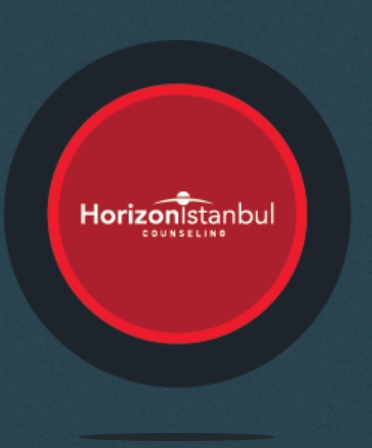

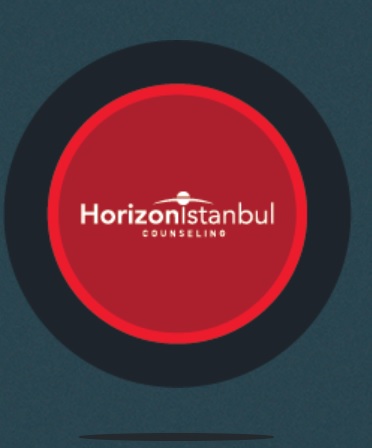
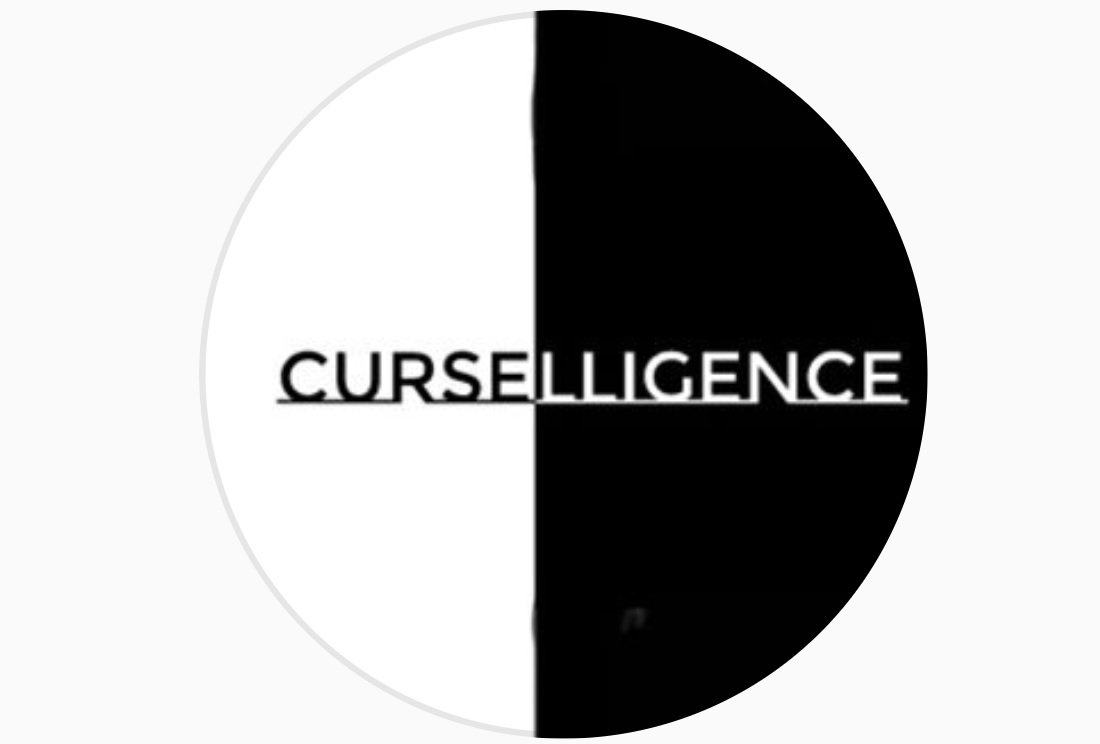
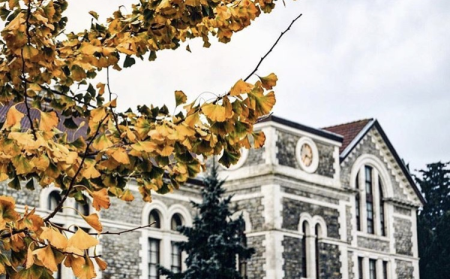
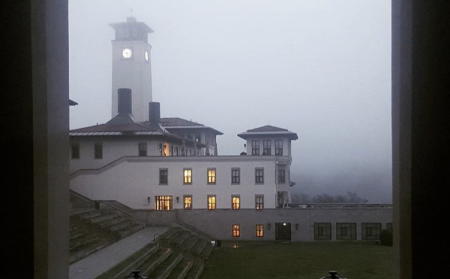
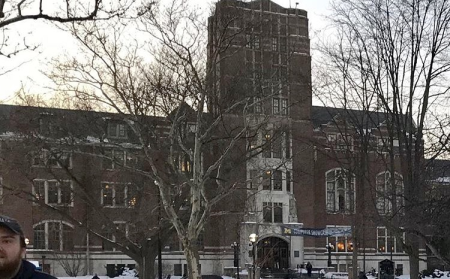
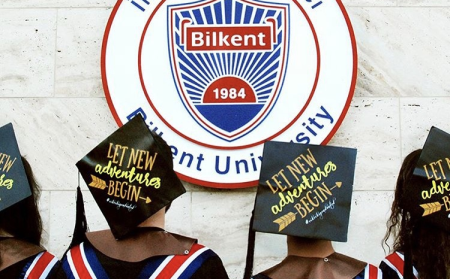

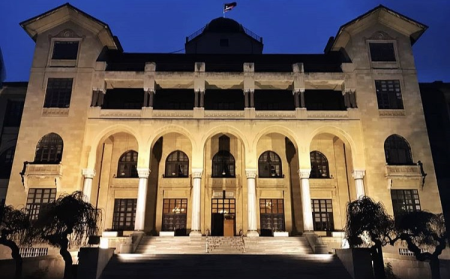
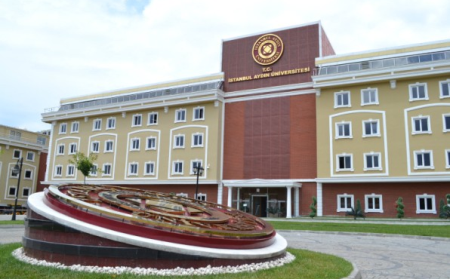
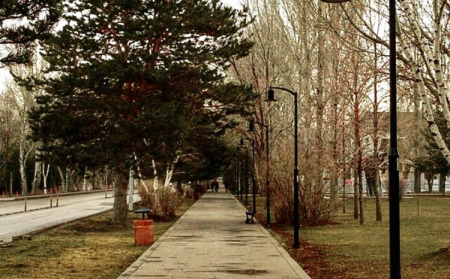
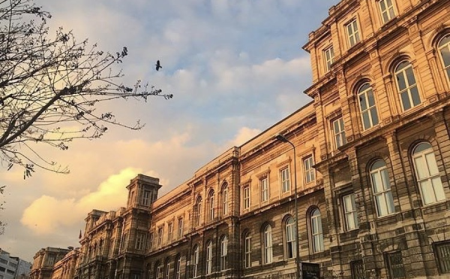
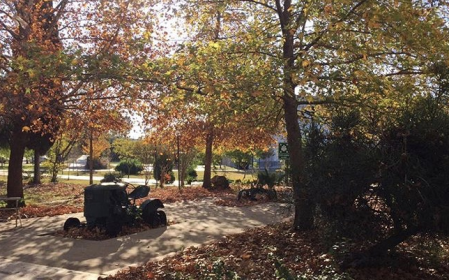

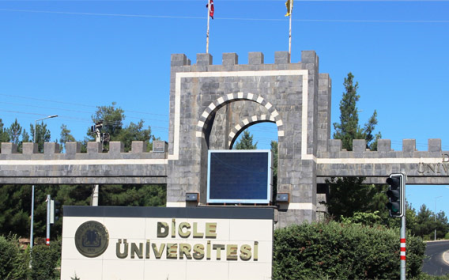
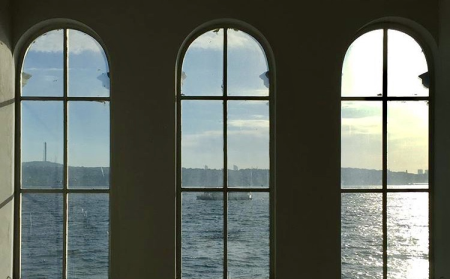
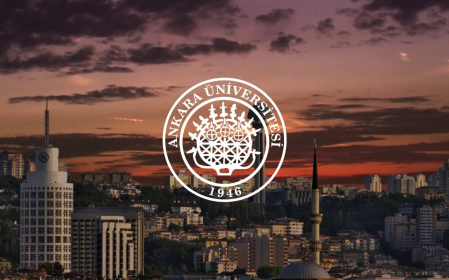
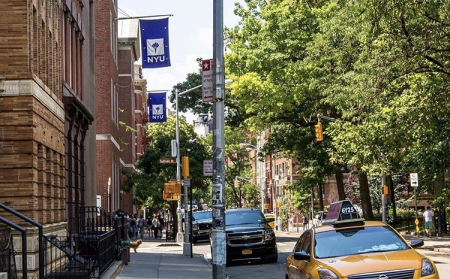

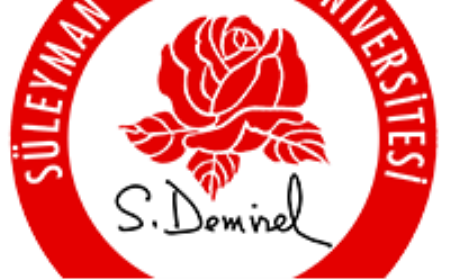
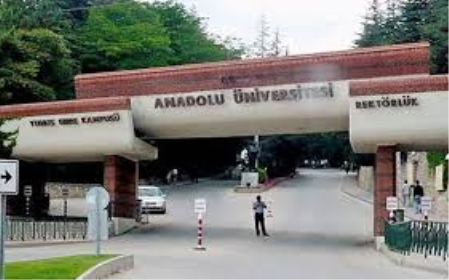
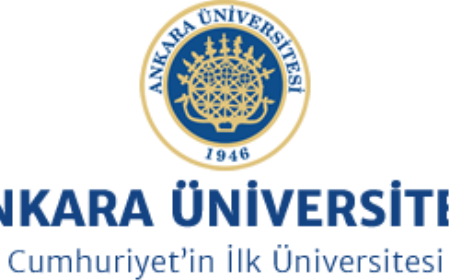
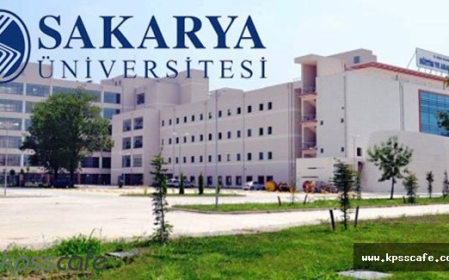
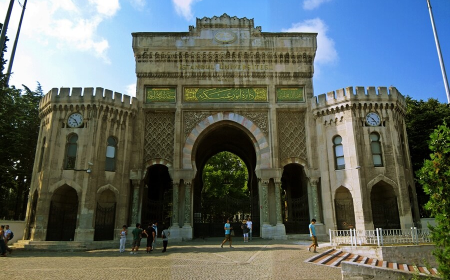
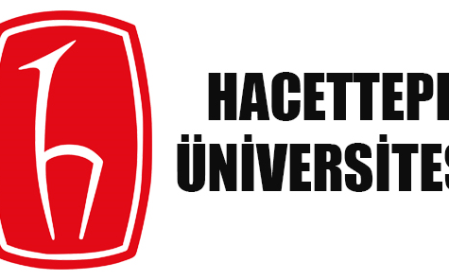
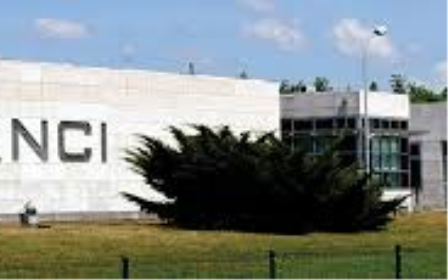

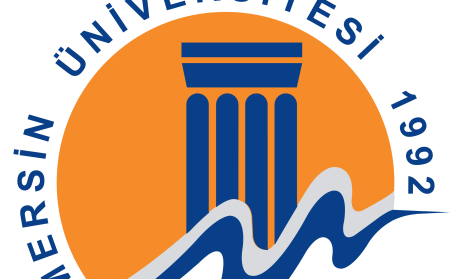
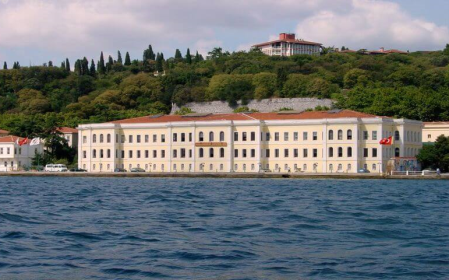
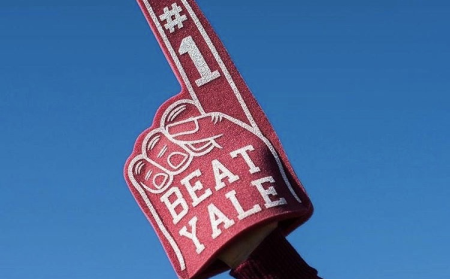
commentaires